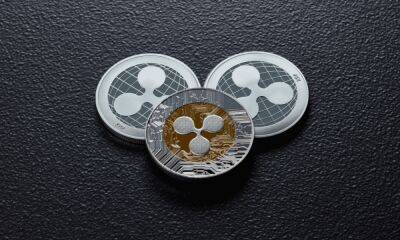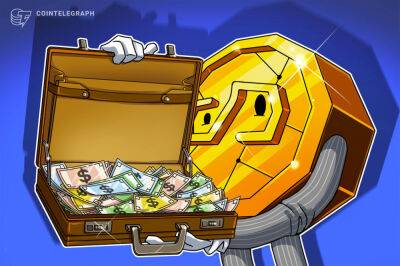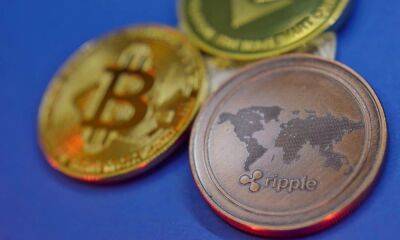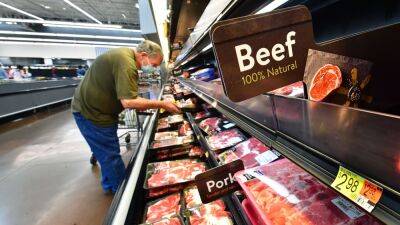How are rising costs impacting your household? Here's how to calculate your personal inflation rate
It's likely no surprise to hear that prices have been rising across the U.S. economy, whether at the grocery store or the gas pump.
But just how much have your personal household costs increased, and how does that stack up against the average American's?
Calculating your personal inflation rate can help answer these questions.
The Consumer Price Index is a common inflation measure. Households paid 8.6% more money in May 2022 for a broad basket of goods and services relative to that same basket in May 2021 — the largest annual jump in more than 40 years.
More from Personal Finance:How much cash you need to ride out a recessionHow to adjust your housing budget amid rising mortgage ratesWhy experts say a higher federal minimum wage is long overdue
However, your basket is likely different. For one, purchases and consumption habits vary from household to household, based on factors such as income, age and geography, according to Brian Bethune, an economist and professor at Boston College.
This means your personal inflation rate likely diverges from the U.S. average, too.
There are a few ways to calculate your inflation rate. The pitfalls of such a calculation came into focus on Monday when Nikki Haley, former U.S. ambassador to the United Nations during the Trump administration, tweeted an incorrect estimate for a July Fourth cookout.
(Her tweet, which has since been deleted, pegged a barbecue as 67.2% more expensive relative to last year. By comparison, the American Farm Bureau Federation said costs had increased 17% — a much smaller increase, though still elevated. President Joe Biden cited that agriculture trade group in 2021 when the White House said costs for an Independence Day BBQ had decreased $0.16 relative to 2020.)
Read more on cnbc.com




![Will Bitcoin [BTC] along with Ethereum [ETH] 5x this month - ambcrypto.com - Ukraine - city Santiment](https://finance-news.co/storage/thumbs_400/img/2022/8/6/36172_krie.jpg)















